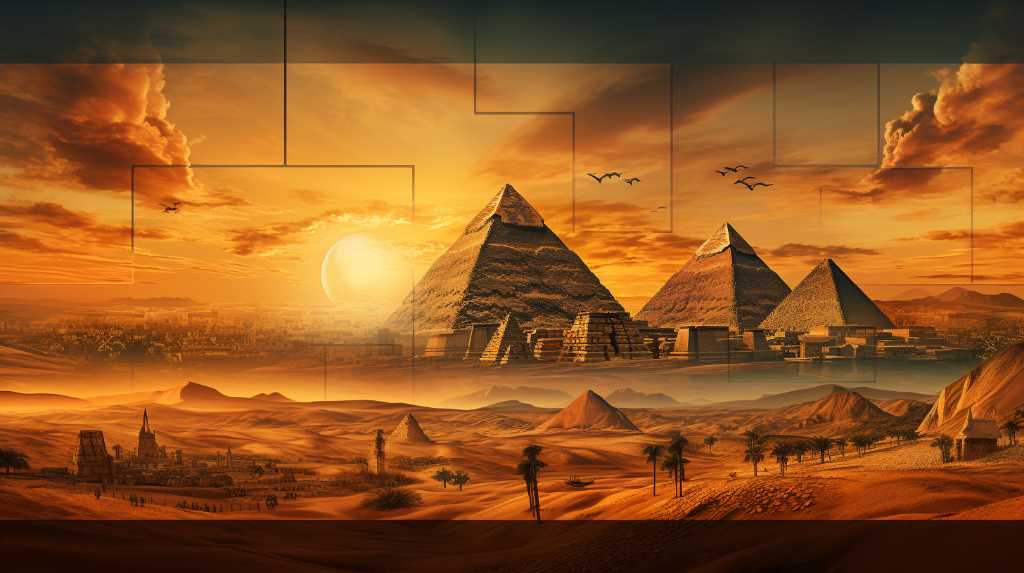
Rediscovered Legacy: Unearthing the Top 10 Middle Eastern Marvels
You're about to embark on a journey through time, unearthing the top 10 Middle Eastern marvels.
You'll discover ancient cities, unravel enigmatic ruins, and appreciate grandiose monuments.
You'll delve into their historical significance, artistic offerings, and spiritual importance.
So, strap in; you're not just exploring ancient sites, you're rediscovering a rich, lost legacy.
Key Takeaways
- Petra, Persepolis, Palmyra, and Gobekli Tepe are ancient cities and architectural marvels in the Middle East.
- These sites showcase advanced engineering, architectural prowess, and cultural significance.
- Conservation efforts, including preservation, restoration, and virtual reality technologies, are being undertaken to protect and understand these ruins.
- The Middle East is home to numerous historical and cultural marvels, ranging from Roman ruins and artistic offerings to prehistoric marvels and spiritual sites.
The Storied City of Petra
In your journey through the Middle East's wonders, you'll find few places as enchanting as the storied city of Petra. Carved into the pink sandstone cliffs of Jordan, this ancient Nabatean city pulls you into a world that hovers between reality and the mystical.
You can't help but marvel at the engineering prowess that produced structures like Al-Khazneh, with its intricate facade chiseled into the cliff face. The city's complex water conduit system bears testament to its inhabitants' advanced understanding of hydraulics.
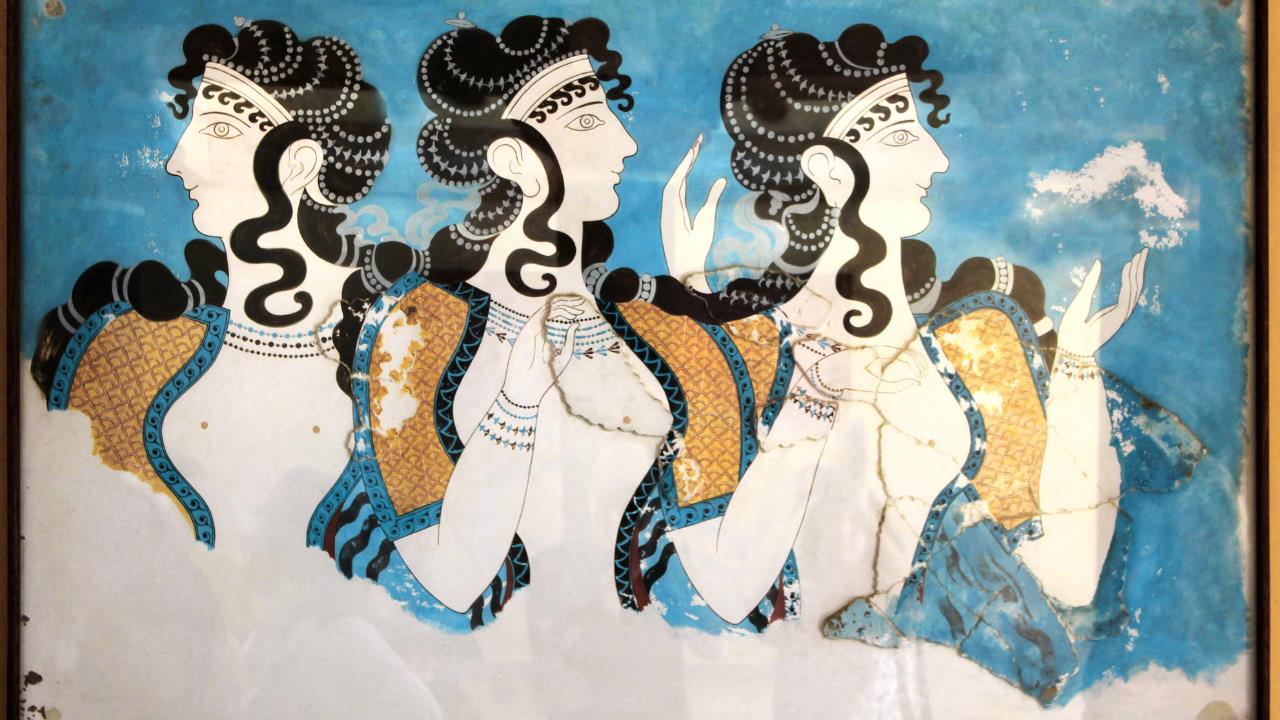
As you wander through Petra's winding Siq, you're walking on the footsteps of centuries-old civilizations. The city's intricate history, architectural grandeur, and enduring allure make it a must-visit.
But as captivating as Petra is, brace yourself for an even deeper dive into history with the narrative of Persepolis.
The Narrative of Persepolis
Continuing your historical exploration, you'll find the narrative of Persepolis, an ancient Persian city, equally compelling and rich with cultural heritage.
Conceived by Darius I, this metropolis was the ceremonial capital of the Achaemenid Empire. Its grandeur is evident in the preserved ruins, which showcase intricate, sculptural reliefs depicting diverse facets of ancient Persian life.
You'll find a unique fusion of Mesopotamian and Egyptian architectural influences in the Apadana Palace, a testament to the empire's cultural diversity and expansive reach.
The city met its demise under Alexander the Great's conquest, symbolizing the fall of an empire.
Today, Persepolis stands as a testament to a forgotten era, offering a captivating glimpse into the past through its silent, enduring ruins.
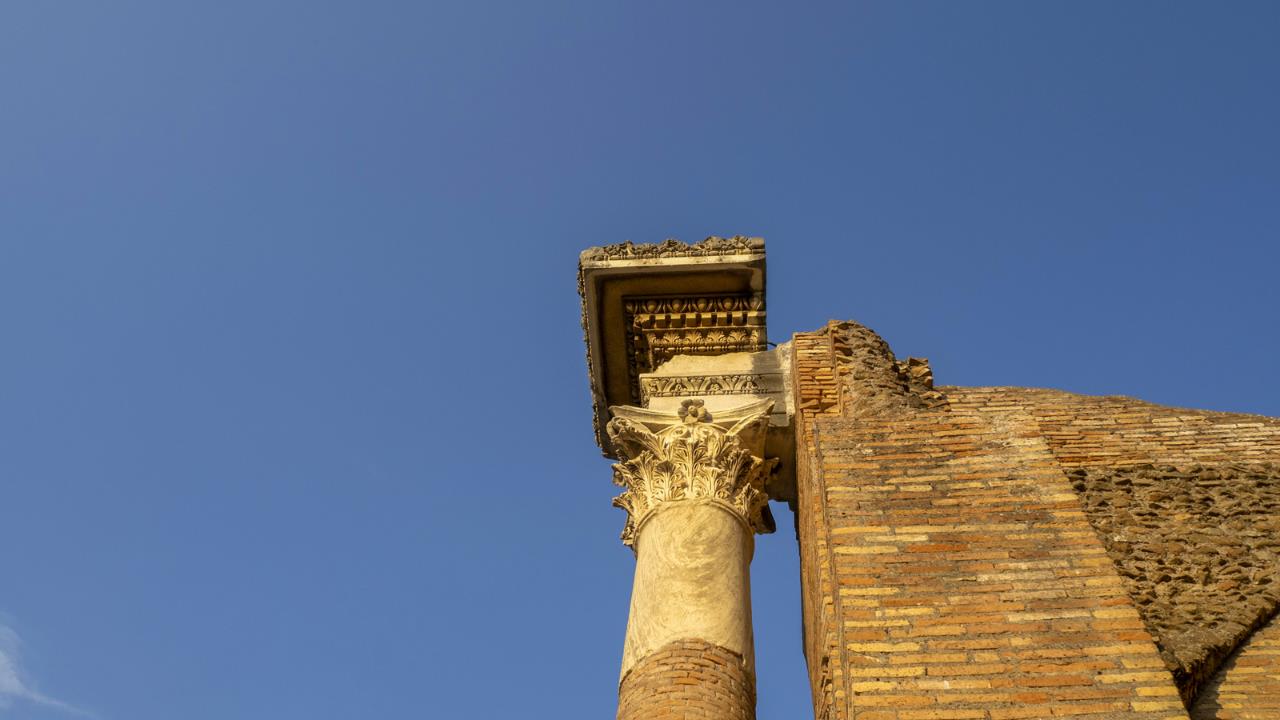
Unveiling the Ruins of Palmyra
It's time to pull back the curtain on the ruins of Palmyra, a historical gem tucked away in the heart of Syria.
You'll find a rich narrative here, steeped in historical significance and adorned with awe-inspiring architectural details.
The ongoing efforts to preserve this heritage site add a modern chapter to its ancient story, making it a true testament to human resilience and ingenuity.
Palmyra's Historical Significance
Before you delve into the rediscovered legacy of the Middle East, let's journey back to the ancient city of Palmyra, where you'll uncover its historical significance and explore the mysteries shrouding its ruins.
Nestled in Syria, Palmyra stood as a crucial crossroad of cultures and civilizations. It's a testament to cultural exchange, displaying Greco-Roman architectural styles blended with Persian influences. As a vital hub on the Silk Road, it was a melting pot of diverse traditions, ideas, and arts. The city's ruins, though battered by time and conflict, still echo tales of its past grandeur. Unveiling Palmyra's history is like peeling back layers of a rich, multicultural tapestry.
Now, as we walk through these historical corridors, let's transition into examining Palmyra's breathtaking architectural features.
Breathtaking Architectural Features
As you wander through the ruins of Palmyra, you'll be captivated by the remarkable architectural remnants that reflect a fusion of Greco-Roman and Persian styles. The grand colonnaded streets, magnificent temples, and ornate tombs are testament to the city's glorious past.
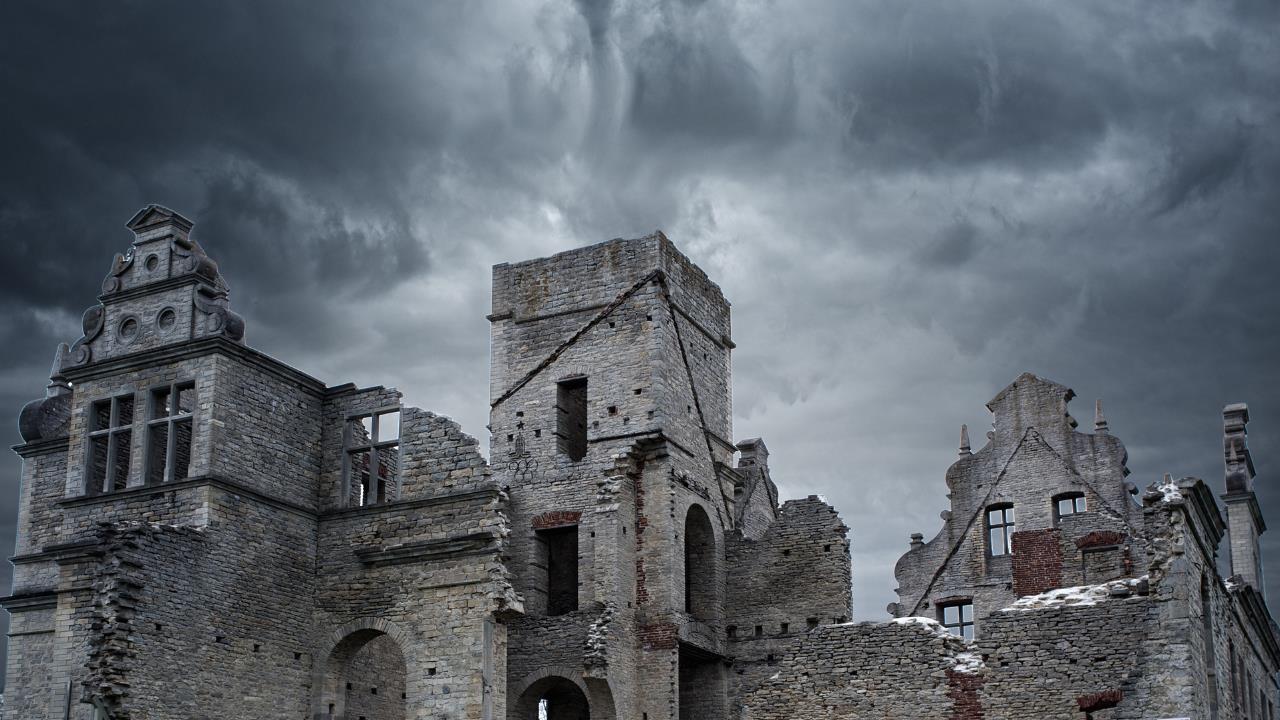
Notice the intricately carved cornices and towering pillars that speak volumes about the city's artistic prowess. You can't overlook the Roman theatre, an architectural masterpiece that exemplifies the Hellenistic influence.
The splendor of Persian artistry, on the other hand, is evident in the refined details of the Tetrapylon's decorations. These ruins, despite their battered state, still possess a timeless grandeur.
Through a careful analysis of these remnants, you'll gain a profound understanding of Palmyra's architectural heritage, a treasure trove that epitomizes the zenith of Middle Eastern art and architecture.
Modern Conservation Efforts
You'd be amazed at how much effort is being put into the modern conservation of the majestic ruins of Palmyra. UNESCO, in collaboration with local and international bodies, is focusing on stabilizing, preserving, and documenting the ancient city. They're not just rebuilding haphazardly; each step is meticulously planned and executed.
Laser scanning technologies are used to create accurate 3D models of the ruins, which serve as blueprints for restoration. Moreover, virtual reality is employed to virtually reconstruct Palmyra, helping to understand its past glory.
The ruins are more than just stones; they're a testament to Syria's rich cultural heritage. These efforts ensure that Palmyra doesn't just remain a relic of the past, but continues to inspire future generations.
The Enigma of Gobekli Tepe
You're now encountering the enigma of Gobekli Tepe, a prehistoric marvel with origins that continue to puzzle archaeologists and historians alike.

As you explore this archaeological site, you'll find yourself deciphering obscure symbols, perhaps the earliest form of written communication.
The mystique surrounding Gobekli Tepe's creation and purpose invites a fascinating discussion into this Middle Eastern marvel.
Gobekli Tepe's Mysterious Origins
You've likely never heard of Gobekli Tepe, a perplexing archaeological site in southeastern Turkey that's shaking up our understanding of early human civilization. This enigmatic location, teeming with intricate stone pillars arranged in circles, dates back to an astonishing 9600 to 8800 BC.
That's millennia before Stonehenge or the Pyramids, making it arguably the world's oldest known temple. Its creators weren't even farmers; they were hunter-gatherers. Contrary to prevailing theories, this suggests that organized religion could have sparked the shift to settled societies, not the other way around.
Yet, we're still largely in the dark about who built Gobekli Tepe or why. Its discovery has effectively turned the conventional narrative of human history on its head.
Interpreting Gobekli Tepe Symbols
Often, you'll find yourself utterly captivated by the enigmatic symbols carved into Gobekli Tepe's ancient pillars, a silent testament to a civilization long lost to time. These symbols, carefully etched into the stone, offer a tantalizing glimpse into the mindset of our prehistoric ancestors.
- The Pillar's 'belt' with its 'H' symbol, assumed to denote the human form.
- The carved fox, a creature of cunning and possibly symbolic of survival.
- The boar and bird etchings, thought to represent hunting and freedom.
- The 'T' shape pillars, hypothesized to embody spiritual beings.
- The snake motifs, often associated with rebirth or transformation.
Each symbol is an enigma, a piece of a puzzle we're just beginning to understand.

As we transition from Gobekli Tepe's mysterious symbols, we next delve into the grandeur of Baalbek.
The Grandeur of Baalbek
The ancient city of Baalbek, nestled in Lebanon's Beqaa Valley, is a marvel you can't afford to overlook. This monumental archaeological site, home to some of the best-preserved Roman ruins, showcases grandeur on a scale that's second to none.
Known for its colossal temples, notably Jupiter, Bacchus, and Venus, Baalbek leaves an indelible impression.
You'll marvel at the intricate details of the stone carvings, a testament to the architectural prowess of the ancient Romans. The site's history, intertwined with myths and legends, adds to its allure. It's a living museum, echoing stories of religious rituals, political power, and cultural exchanges over millennia.
Baalbek's grandeur isn't just historical; it's a standing tribute to human ingenuity and ambition. Discovering it is, undoubtedly, a journey into the past.
Revealing the Ancient City of Ur
Let's journey next to the ancient city of Ur, where you'll uncover a treasure trove of Sumerian history. This city, once a flourishing urban hub, gives you a glimpse into one of the earliest civilizations.
Here are some highlights you'll encounter:

- The Ziggurat of Ur, a massive temple that demonstrates the architectural prowess of the Sumerians.
- Royal tombs, which provide insight into the city's political hierarchy and burial customs.
- The Great Death Pit, a testament to the city's complex religious beliefs.
- Numerous artifacts, revealing a culture rich in arts and crafts.
- Cuneiform tablets, offering a lens into the daily lives and legal systems of the ancient Sumerians.
The Artistic Offerings at Nimrud
Next, you'll marvel at Nimrud's artistic offerings, a city brimming with intricate Assyrian reliefs and colossal statues that are bound to leave you in awe.
You're greeted by towering lamassu, Assyrian protective deities with human heads, wings, and bodies of bulls or lions. These statues, carved from a single piece of stone, are a testament to the skill and craftsmanship of the Assyrian artisans.
The city's palace walls, adorned with detailed bas-reliefs, recount tales of conquest and ceremony, providing a rich historical narrative.
Moreover, Nimrud's ivories, known for their intricate detailing, were highly prized in the ancient world. You're left admiring not just the artistry but the cultural insight these pieces provide, making Nimrud an artistic marvel of the Middle East.
Historical Importance of the Apadana
Stepping into the realm of Persian history, you'll find yourself intrigued by the Apadana, an architectural marvel known for its significant historical importance. This grand palace, a part of the ancient city of Persepolis, holds a wealth of historical and cultural insights.
- It served as a ceremonial hub for the Achaemenid Empire, displaying the grandeur and might of Persian kings.
- Its intricate bas-reliefs depict scenes from royal events, providing insights into Persian society.
- The Apadana is a testament to ancient Persian architecture, showcasing innovative design and construction techniques.
- It played a crucial role in shaping the identity of the Iranian nation.
- UNESCO recognizes it as a World Heritage Site, underlining its global historical significance.
Having explored the Apadana, let's now ascend the fortifications of Masada.
Ascending the Fortifications of Masada
Continuing on from the grandeur of the Apadana, you'll find yourself captivated by the imposing fortifications of Masada, an ancient fortress steeped in history and intrigue.
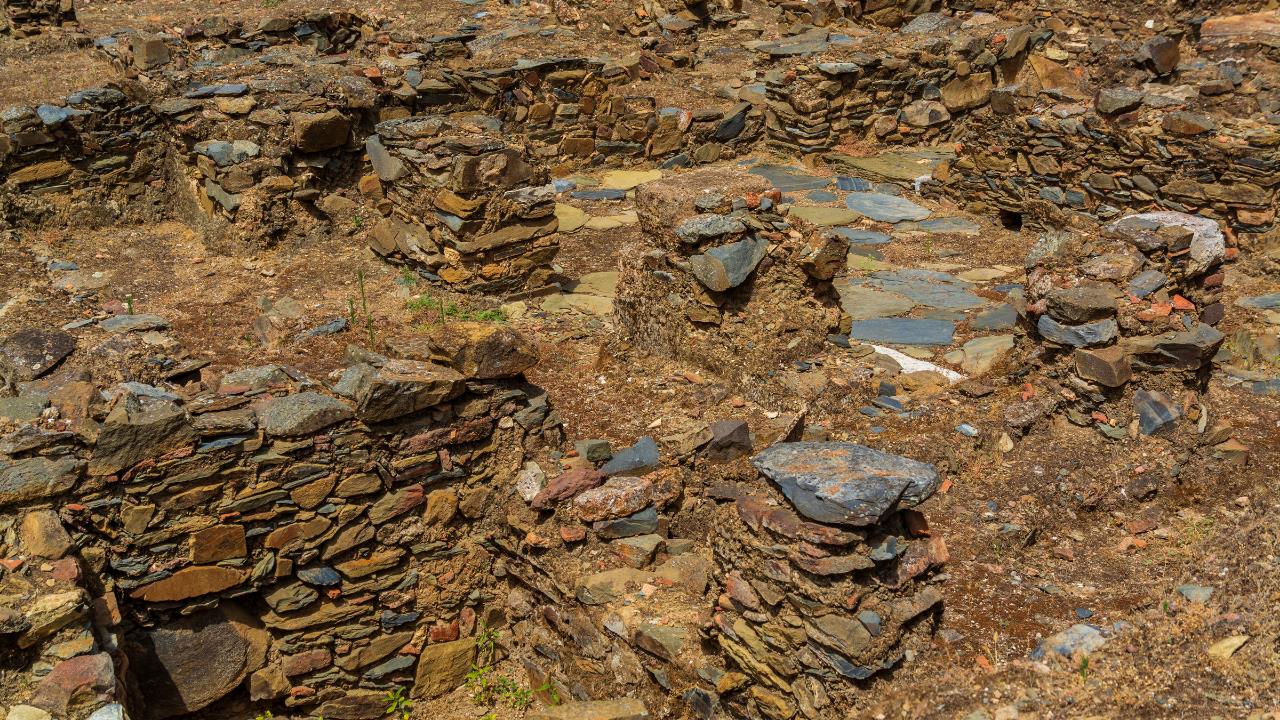
This UNESCO World Heritage site, perched high on a rugged desert plateau, is a testament to the Roman Empire's architectural prowess and the last stand of Jewish zealots against Roman conquerors in 73 AD.
As you ascend the ancient Snake Path, you're not just climbing a mountain; you're journeying through a narrative of resilience and rebellion. The ruins, stark against the desert sky, tell a tale of a society that thrived in isolation.
The well-preserved bathhouses, storerooms, and living quarters perfectly illustrate their advanced, self-sustaining lifestyle. Indeed, Masada isn't merely a fortress; it's a symbol of enduring spirit.
The Spiritual Significance of the Temple Mount
You'll find few places in the world that hold such profound spiritual significance as the Temple Mount, revered by three major religions and steeped in centuries of complex history. This is the place where divine meets human, where heaven and earth are believed to intersect.
- Judaism regards it as the site of Solomon's Temple and the holiest place in the world.
- Christianity acknowledges its historical significance, associating it with key events in the life of Jesus.
- Islam considers it the third holiest site after Mecca and Medina, where Prophet Muhammad ascended to heaven.
The Temple Mount's spiritual significance is intertwined with its turbulent history, making it a fascinating symbol of unity and division, devotion and conflict.
Conclusion
You've journeyed across time, unearthing the Middle East's forgotten wonders. From Petra's storied city to Persepolis' gripping narrative, Palmyra's unveiled ruins to Gobekli Tepe's enigma, you've glimpsed grandeur, artistry, history, and spirituality.
You've ascended Masada's fortifications and felt the spiritual significance of the Temple Mount. These marvels aren't just remnants of the past, they're testament to a rich, complex history that continues to shape the present.

So remember, every stone tells a story, you've just got to listen.
 Backyard GrillingWeekend WarriorsAdvice from DadBeard GroomingTV Shows for Guys4x4 Off-Road CarsMens FashionSports NewsAncient Archeology World NewsPrivacy PolicyTerms And Conditions
Backyard GrillingWeekend WarriorsAdvice from DadBeard GroomingTV Shows for Guys4x4 Off-Road CarsMens FashionSports NewsAncient Archeology World NewsPrivacy PolicyTerms And Conditions
